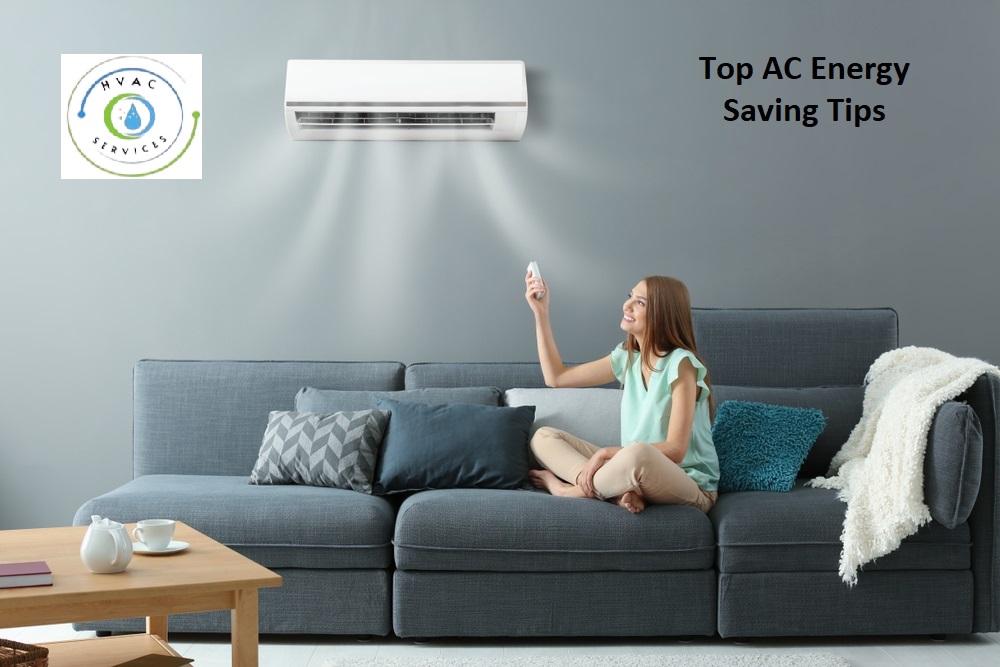Introduction
In the summer, keeping your home cool can be a challenge. Air conditioners are essential for comfort, but they can also lead to high electricity bills through AC Energy Saving Tips. To create an oasis in your home while reducing costs, it’s important to focus on optimizing the performance of your cooling systems.
1. Perform Regular Maintenance and Cleaning
-
Clean or Replace Air Filters with AC Energy Saving Tips
The first step to maintain your air conditioner is checking and changing the air filter. Whether your system has a built-in filter or a separate filter in the duct work, it’s important to clean or replace it regularly usually one to three months, or at least six months for some units. Keeping high-quality filters kept clean and free of debris ensures your AC can operate efficiently.
Dirty filters can seriously impede air flow, forcing the unit to work harder, which increases energy consumption and electricity usage by 5 to 15 percent. A clogged air filter means your air conditioner will not cool your home well, causing discomfort. I’ve seen many times how a simple filter change can lower costs and improve comfort almost instantly.
Your air filters act as the first line of defense by trapping up to 90% of dust, dirt, and tiny particles as small as 0.3 microns. With pets or allergies around, you might need to keep an eye on the filter and change it more frequently than the recommended schedule. Using a dry cloth or washing with water and letting the filter dry in damp air can help clean the old filter, but replacing it often is best for optimal performance.
If you ever notice your air conditioning is not cooling, the first step is to check the filter—a dirty or clogged air filter can be the main cause. Replacing a clogged air filter with a new filter makes the air conditioner operate with less effort and helps keep your home fresh and cool all year.
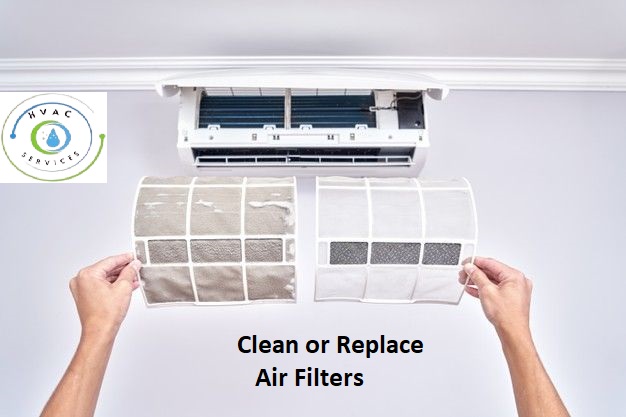
-
Check and Clean Coils and Fins
From my experience, to maintain your AC’s efficiency all year, always check the evaporator and condenser coils for dust and debris that accumulate and block airflow. When coils and fins get bent, gently straighten them to keep their ability to absorb and release heat at an optimal level. Regularly clean these parts to reduce strain and ensure your unit works smoothly.
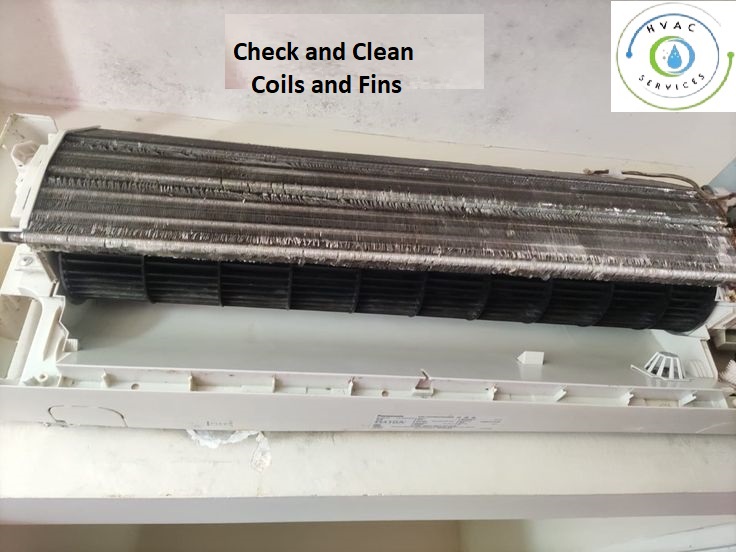
-
Inspect Duct work and Seal Leaks
From my own experience, leaky ducts can waste a significant amount of cool air, often reducing the efficiency of your air conditioner without you even realizing it. I once noticed rooms in my home staying warmer, and the issue turned out to be hidden leaks in the ductwork.
To fix this, it’s smart to inspect your system carefully and seal any gaps. Using AC Energy Saving Tips duct tape or mastic can close small openings, stopping the escape of conditioned air. This small step instantly made my cooling system work better and helped keep energy bills in check.
For bigger issues, let a professional perform a thorough inspection and repair the system. Their trained eye can catch hidden problems you might miss, and I found that their adjustments made my whole home evenly comfortable again.
HERE YOU CAN CONTACT FOR : Clean or Replace Air Filters
2. Set the Right Temperature and Use Smart Controls
-
Choose the Optimal Temperature Setting
When setting the temperature in your home, aim for a balance between comfort and saving. I usually keep my AC at 78 degrees during hot summer months because it keeps the body comfortable while also cutting down energy use.When setting the temperature in your home, aim for a balance between comfort and saving. I usually keep my AC at 78 degrees during hot summer months because it keeps the body comfortable while also cutting down energy use.
Relying on air conditioning alone isn’t always the answer you can also adjust habits and make small practices part of your routine.I once tried different settings on my unit and noticed how daily fluctuations in conditioner’s performance were affected by natural diurnal changes. By taking advantage of cooler parts of the day, I could optimize usage without extra strain. Good placement of the system and steady airflow across rooms also improved cooling while avoiding unnecessary expenditure.Modern Energy Star certified models include energy-saving modes like eco or saver, which lower operational costs and reduce consumption. By carefully evaluating capabilities, conditions, and your lifestyle, you can extend the system’s life, avoid excess wear and tear, and still keep spaces cool. The right selection and mindful usage ensure better performance, less strain, and a healthier environment.
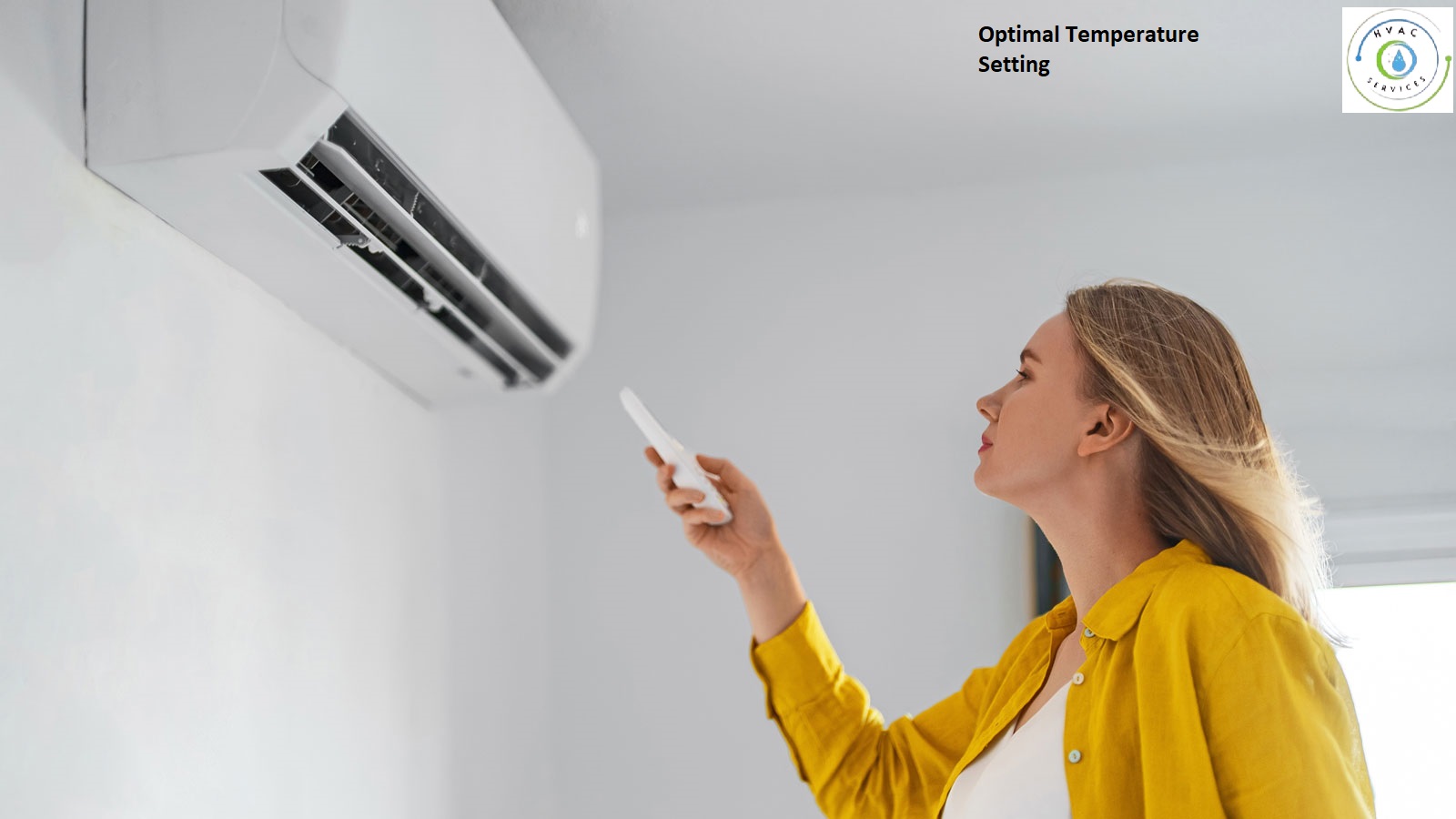
-
Use a Smart Thermostat or AC Controller by AC Energy Saving Tips
From my own experience, AC Energy Saving Tips a smart thermostat or AC controller feels less like a gadget and more like an intelligent partner. This electronic device not only controls the temperature inside a building, but it also helps you manage energy use in real time. With modern thermostats, I noticed how quickly they adapt to comfort needs while keeping bills under control.
What makes them even more useful are the features that keep you connected. With internet support, you gain remote access, so even if you forget to adjust the settings before leaving home, you can handle it with a tap. Options like scheduling and geo-fencing add flexibility, letting the system work automatically without extra effort.
I personally rely on these tools to save both time and money, especially when juggling work and home life. Since the thermostat and controller learn my daily patterns, I rarely need to make manual changes. These devices have turned the way I cool or heat my spaces into a smooth, worry-free process that feels effortless yet effective.
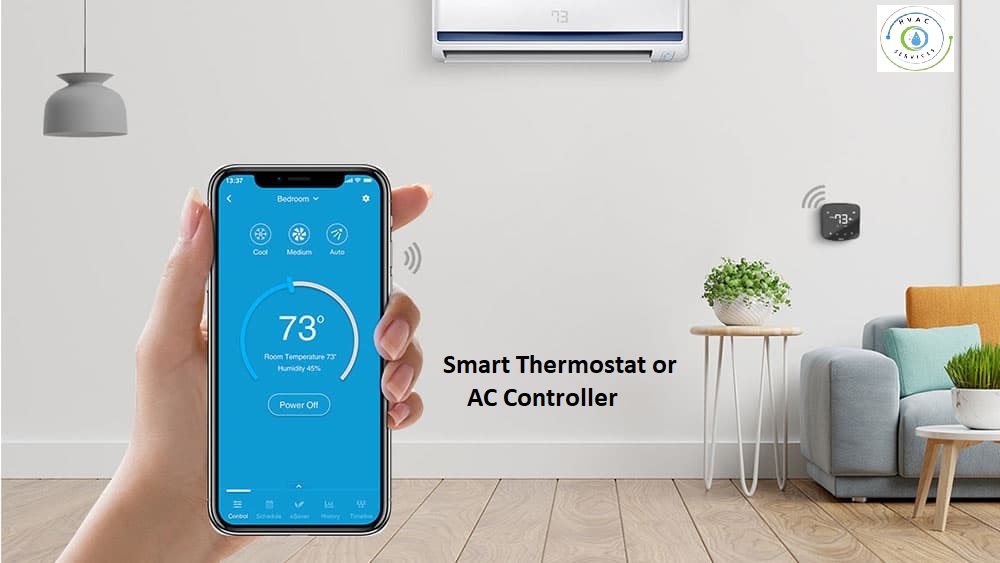
-
Turn Off the AC When You’re Not Home
When you leave home for work or school, it’s smart to turn the AC off or let a programmable thermostat set it to adjust automatically. I use mine to cool the house about 30 minutes before my expected return in the evening or an hour in the morning. This way, the temperature feels comfortable right when I walk in. It helps me save nearly 20% on my energy bill without even thinking about it. Using a timer or switch also works if you prefer to shut it down completely when leaving for an extended period like weekends or vacations, which can cut usage by up to 40%.With my TCL Fresh IN series inverter air conditioner, I can achieve this even more easily. I often operate its smart functions remotely through the TCL Home App, or sometimes with simple voice commands. This makes it effortless to control cooling whether I’m on the move or relaxing at home. From my experience, it’s not just about comfort—it’s also about knowing how to use the tools you already have in smarter ways.
3. Use Energy-Efficient Modes and Technology
-
Activate Sleep Mode or Timer (especially at night)
From my own experience,
The International Energy Agency has shown that using these features can save up to 30% energy consumed, which also lowers electricity bills. I’ve tried this during hot summers, and the difference in comfort and cost was very clear. It also feels good knowing that my small changes are helping reduce wasted energy without sacrificing cool air.
What I like most about these options is how easy they are to use. Just a few taps on the remote or app, and the AC does the rest—adjusting automatically based on the set timer or sleep mode. It’s a simple step, but it makes managing your air conditioner much more efficient, especially if you often fall asleep with the cooling still on.

-
Invest in an Inverter Air Conditioner by Top AC Energy Saving Tips
From my own experience with air conditioners, I’ve noticed how traditional and non-inverter units consume more power just to keep a room cool. These conventional fixed-speed systems switch on and off frequently, which leads to more consumption and less comfort. In contrast, inverter-driven models can adjust the speed of the compressor to maintain a consistent temperature, while reducing unnecessary waste.
With inverter technology, it is possible to achieve greater energy savings compared to older systems. AC Energy Saving Tips work smoothly, providing better control over cooling and ensuring steady comfort without sudden changes in room climate. From my own setup, the difference was clear when I shifted to an energy-efficient model that made summers easier without pushing up my bills.
It’s true that an inverter system comes with a higher upfront cost, but the price difference gets offset over time through lower running expenses. Once I switched, the savings covered the extra cost, and I could see how the investment paid off. Choosing such a system today feels like a smart decision that balances comfort with responsible energy use.
-
Opt for a Smart AC Model
From my own experience, choosing smart air conditioners has been one of the best upgrades for managing energy use at home with help of AC Energy Saving Tips. These devices can be managed remotely through a smartphone application, enabling me to modify settings even when I am away from home. A study conducted by the American Council for an Energy-Efficient Economy showed that smart thermostats integrated with smart air conditioning systems can result in average savings of about 8-15% on cooling costs for many households.
A smart air conditioner allows you to create a schedule, by AC Energy Saving Tips make real-time adjustments, and even track energy consumption to enhance performance and achieve greater efficiency. In fact, certain smart air conditioning systems come with built-in artificial intelligence that adapts preferences and automatically adjusts settings, reducing electricity consumption over time. This not only improves comfort but also makes daily living much more practical and cost-effective.
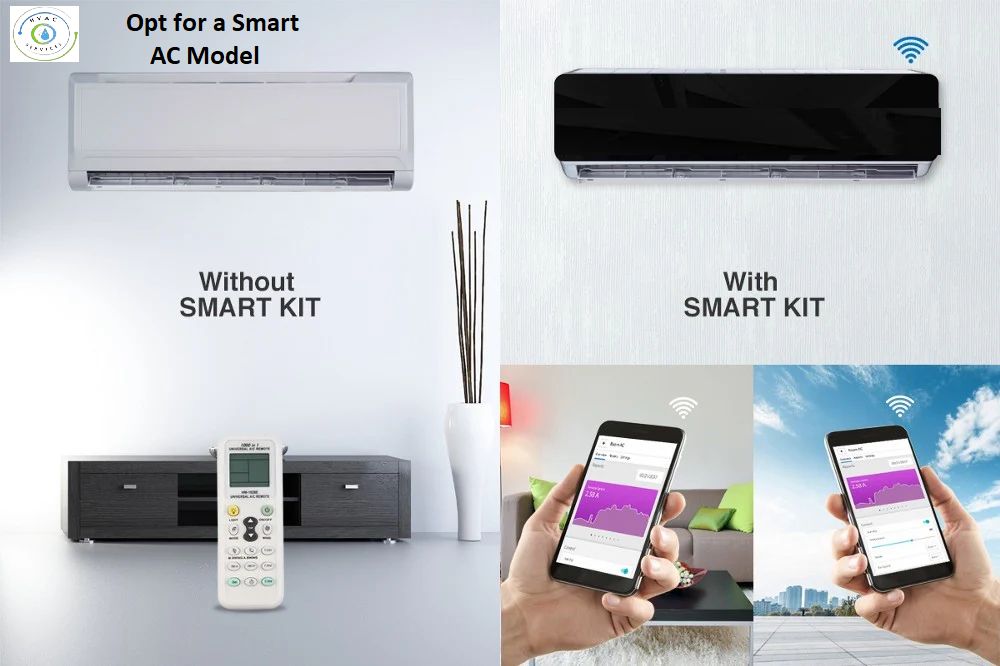
4. Ensure Proper Insulation and Shading
-
Seal Windows and Doors to Prevent Air Leaks
From my own experience, I’ve seen how adequate insulation can truly preserve a cool temperature inside the home, even when the weather outside is harsh. Small things, like sealing hidden leaks around windows and doors, stop air from finding ways to escape or create an influx of hot drafts that make your residence uncomfortable. The U.S. Department of Energy often highlights how such steps lead to a major reduction in heating and cooling expenses. Before I upgraded my own place, with of AC Energy Saving Tips I took time to assess each room and noticed tiny gaps that were quietly hindering the comfort of my indoor space.
To seal those areas, I relied on weatherstripping for moving parts and caulk for edges that stayed fixed. In addition, I found that insulated curtains and blinds didn’t just assist in blocking drafts but also in preserving indoor temperature more effectively. These measures may seem simple, but they go a long way toward creating a more efficient and comfortable living space.
-
Shade Your AC Unit and Windows to Reduce Heat Gain
I’ve noticed from personal experience that when my AC unit sits under direct sunlight, it tends to work harder just to keep the home cool. According to the U.S. Department of Energy, proper shading can actually improve efficiency by nearly 10%, which is a big deal when energy bills add up. I once had a Haier air conditioner, and I remember how much smoother it ran after I installed external shading devices and simple awnings around the outside walls. It really helped reduce the heat from entering the space during peak summer hours.
Inside, I’ve also found that shading windows with curtains and blinds plays an equally important role. They not only block sunlight but also keep rooms from heating up unnecessarily. Pairing indoor coverings with outdoor protection creates a strong barrier, making the cooling system more reliable. With this mix of indoor and outdoor solutions, your air conditioning will stay efficient and your living areas much more comfortable.
5. Improve Air Circulation
-
Use Ceiling or Portable Fans Alongside AC
When I use ceiling fans in my home, I notice how they help circulate the cool air much more smoothly. The portable fans are just as handy, especially in rooms where the AC flow feels weak. Both types of fans distribute the air more evenly, so the whole space feels balanced instead of having hot and cold spots.
By combining AC with fans, you can adjust the thermostat by AC Energy Saving Tips to a slightly higher setting without losing comfort. For example, I often raise it by a few degrees, and it still feels pleasantly cool. This trick makes the system work more efficiently while maintaining the same fresh feeling across the room.
The bonus is real energy savings, since the AC doesn’t need to run as hard when the air is moving. I’ve found that a small change like adding ceiling fans or portable fans can reduce strain on the system and extend its life. It’s a simple habit that improves daily comfort while lowering bills at the same time.
-
Open Doors and Windows Occasionally for Natural Ventilation
During the summer season, I have often found that simply opening windows and doors at pre-dawn or dusk hours makes a big difference in keeping my home cool. Allowing fresh air to circulate provides natural ventilation that can aid in reducing the workload on the air conditioning system. This practice helps in conserving electricity while also creating a more comfortable living space. According to the U.S. Department of Energy, this is a practical, energy-efficient cooling method that works best when combined with other energy-saving strategies and recommendations.
From my own use of a AC Energy Saving Tips air conditioner, I noticed that when I utilize this step along with adequate insulation, the performance improves, and I am able to save electricity costs. Following official resources, guidelines, and even statistics supplied on energy use, I realized these simple steps not only minimize energy consumption but also prolong the lifespan of the unit. When you consistently maintain the air conditioning system and take full advantage of energy-efficient modes and features, you preserve both your interior and exterior comfort while ensuring better circulation throughout the living space.
6. Choose the Right AC Size for Your Space
-
Ensure the AC Unit is Appropriately Sized for the Room
When I was buying my first AC unit, I didn’t think much about the size of the room or how much space it would need to cover. Later, I learned the AC Energy Saving Tips hard way that smaller units often run nonstop and still don’t cool properly, while a large unit can waste electricity and raise energy bills. That’s when I discovered how beneficial a room calculator can be. It helps match the unit to the exact room dimensions, whether it’s a single area or multiple rooms that need cooling.
Over time, I’ve also noticed that investing in AC Energy Saving Tips efficient models saves money in the long run by lowering costs and cutting down on wasted power. Choosing the right fit makes the system run smoothly, keeps comfort levels steady, and avoids extra strain on the AC. From my own experience, it’s clear that finding the balance between size, electricity use, and overall performance is the smartest way to enjoy a comfortable home.
